LATEST INSIGHTS
Your Present Location: LATEST INSIGHTSZhang Jingwei: Ma Shou went home at the end of the 13th year, and the cultural relics are still on the way, and should not be used as a tool for looting
By: Zhang Jingwei Source: Beijing Youth Daily Published:2020-12-03
December On the 1st, "The Transferring Ceremony of the Bronze Horse Head Statue of Yuanmingyuan to Tibet" was held in Zhengjue Temple of Yuanmingyuan. The State Administration of Cultural Heritage officially transferred the bronze statue of the horse head of the Old Summer Palace to the collection of the Old Summer Palace Management Office in Haidian District, Beijing, making it the first important overseas cultural relic to return to the Old Summer Palace. "A Hundred Years of Dreams-Return of the Bronze Statue of the Horse Head in Yuanmingyuan" was held at the same time. The bronze statue of the horse head in the Old Summer Palace is one of the main components of the zodiac head fountain outside the Haiyan Hall of the Changchunyuan Western Building in the Old Summer Palace in the Qing Dynasty. It was designed by the court painter Castiglione. In 1860, the British and French coalition forces invaded Beijing. The Old Summer Palace was looted and burned. The bronze statue of horse head was lost overseas along with 11 other bronze statues of animal heads.
Although the horse head went home, the dragon head, The whereabouts of the bronze statues of snake, sheep, chicken and dog heads are still unknown. In this regard, Xinhua News Agency emphasized that no matter how high the mountain is, no matter how difficult the road is, we are willing to find them and take them home with the efforts of one generation and several generations in ten or several decades!
Cultural relics are the common memory of human history and culture, but they are also The historical bearing of a specific period, a specific ethnic group and a specific country. Therefore, retrieving cultural relics and returning them to their historical and cultural origins is the first principle of cultural relics protection . Because of this, in 1970, UNESCO passed the "Convention on Methods for Prohibiting and Preventing the Illegal Import and Export of Cultural Property and the Illegal Transfer of Its Ownership" (1970 Convention) in Paris. China joined the Convention in 1989, and China's cultural relics recovery work has become more mature. However, the international community still lacks a legal basis and general consensus on how to recover and return cultural relics that were lost due to wars, plunder, cultural plunder, and illegal trade before the international conventions came into force.
The official level of retrieving cultural relics can only rely on the voluntary of collectors Gifts, donations from patriotic buyers, etc., allow cultural relics to return. The horse head of the Old Summer Palace was successfully recovered and donated to the country by patriot He Hongshen with HK$69.1 million. Nevertheless, it has been a long 13 years for Ma Shou to return home.
China is an ancient civilization and a country where cultural relics have been lost. Statistics show that since the Opium War, more than 10 million Chinese cultural relics have been lost overseas. Among them, more than one million pieces of national first-level and second-level cultural relics. Most of these cultural relics are now "collected" by museums in certain western countries as treasures of the town hall. This is true from the British Museum in London to the Louvre in France to the so-called seven collection centers of lost Chinese cultural relics in the United States. Japan has invaded China since modern times, and major museums are full of Chinese cultural relics. Some museums even regard Chinese cultural relics as "national treasures."
The search for Chinese cultural relics from these top Western museums does not seem Probably, unless these museums voluntarily return. However, from Egypt's perseverance in its global recourse experience, it can also be done by allowing Western countries to return looted cultural relics. It is reported that Egypt has successfully recovered more than 30,000 stolen cultural relics, including mummies with more than 3,000 years of history. Egypt's approach is to first prove that these cultural relics were looted by the West through various abnormal means, and then recover them through international law. This provides China with experience in retrieving lost cultural relics.
Ma Shou went home at the end of the 13th year, and the cultural relics are still on the way, and should not be used as a tool for looting
As for the loss of folk cultural relics, collectors and auction houses are contaminated with the inertia of capital greed. Either hide it in your hands or wait for the price. When cultural relics become the carrier of financial management or the support of capital, the recourse of cultural relics will have to pay more.
Retrieving cultural relics should not be the road to market redemption Otherwise, the cultural relics alienated by capital will become a tool for some collectors and auction houses to use market rules to snatch it. In the market economy, although cultural relics also have commodity attributes, this attribute must be traceable and certified, that is, their source cannot be full of "blood and dirty" "original sin". Even if the time has passed and the market has changed hands many times, such cultural relics cannot be "washed white".
Zhang Jingwei is a visiting researcher at the Chongyang Institute of Finance, Renmin University of China.
Please Find us : Facebook: RDCYINST Twitter: RDCYINST LinkedIn: 人大重阳RDCY Instagram:rdcyinst
Key Words: Zhang Jingwei; Cultural relics; looting

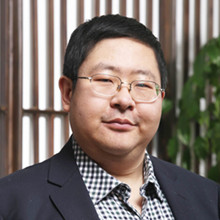

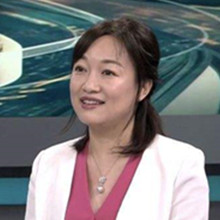





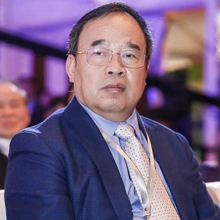

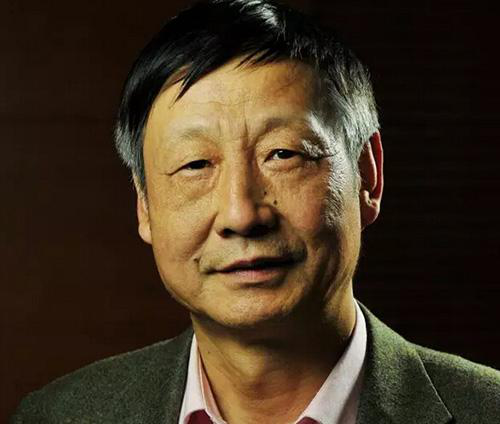
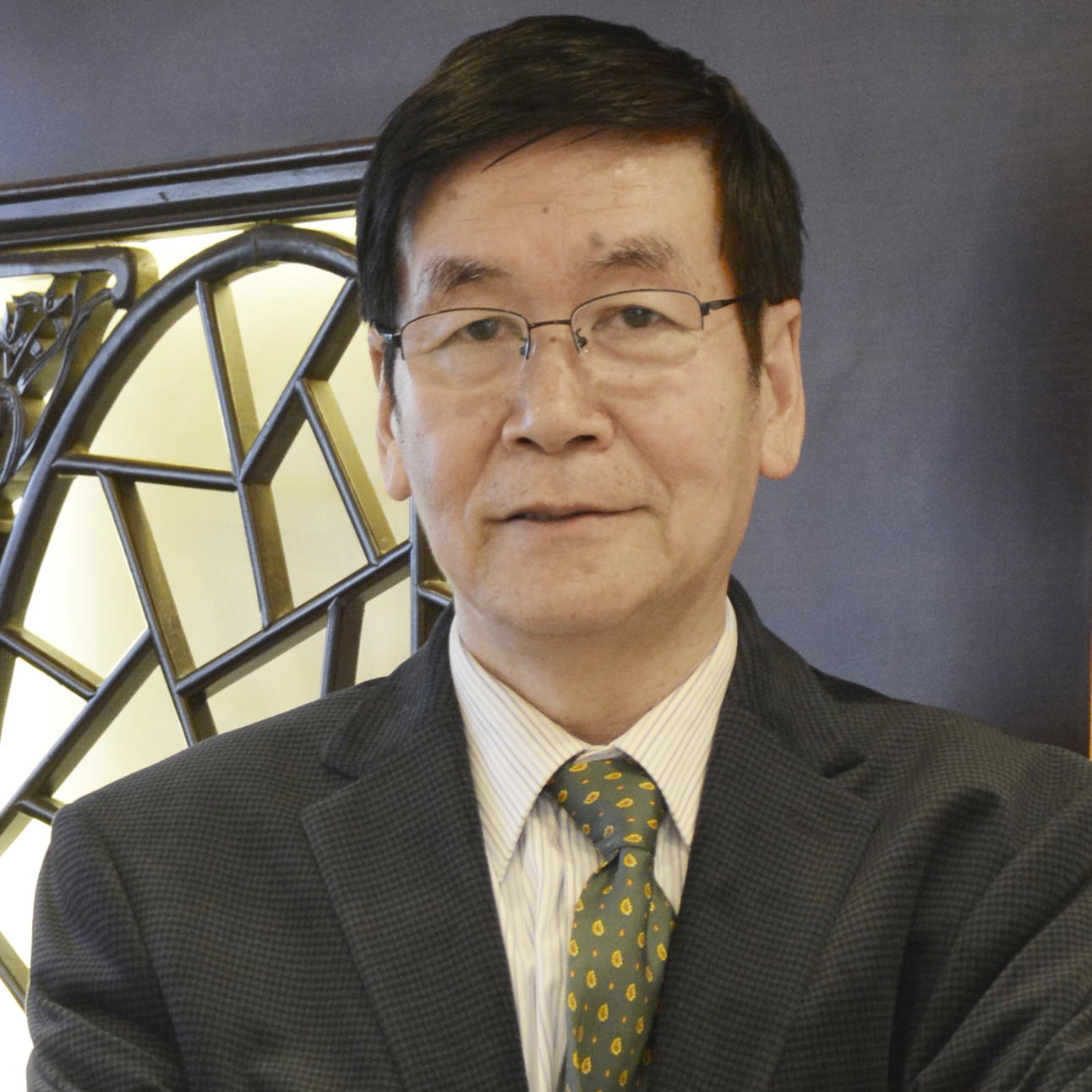
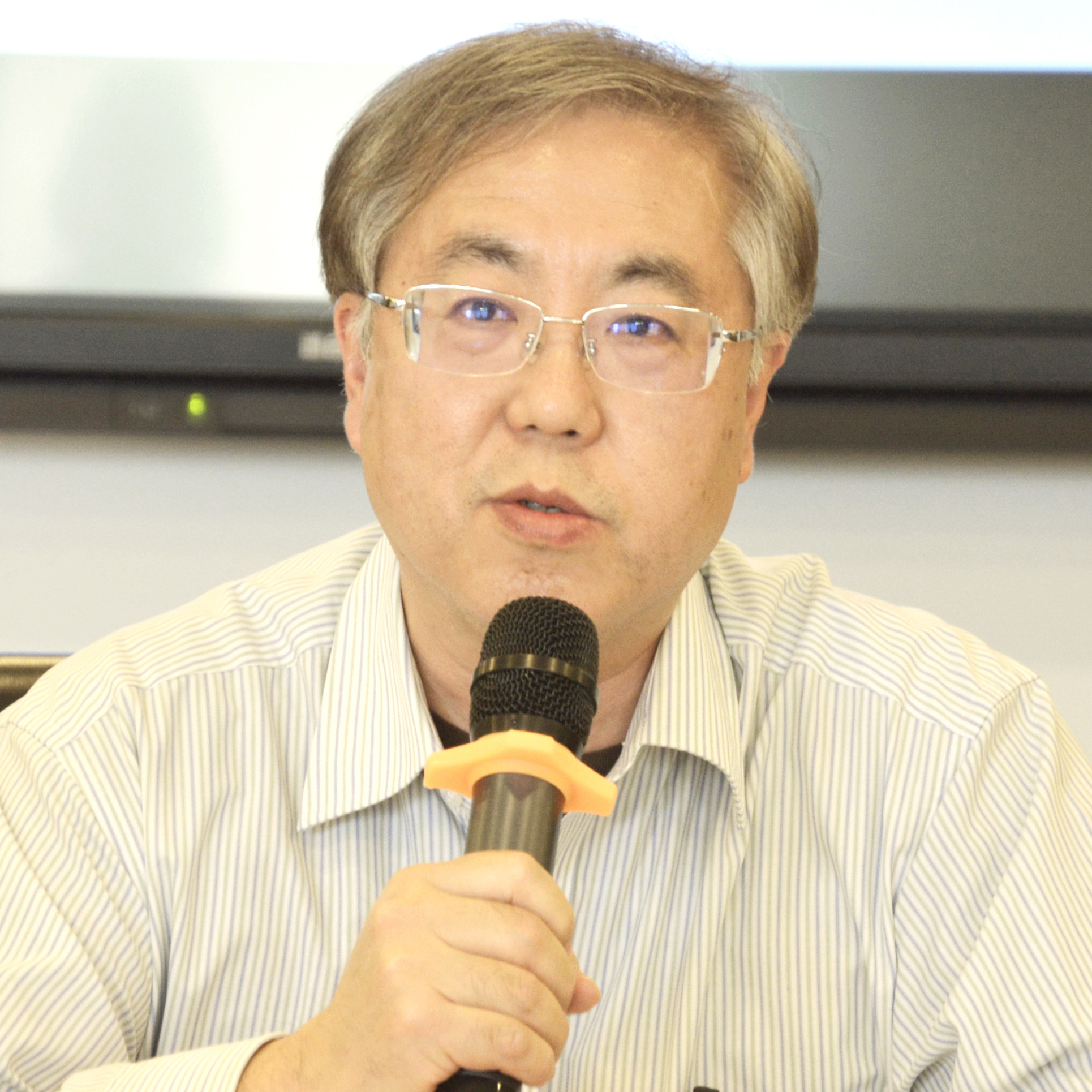

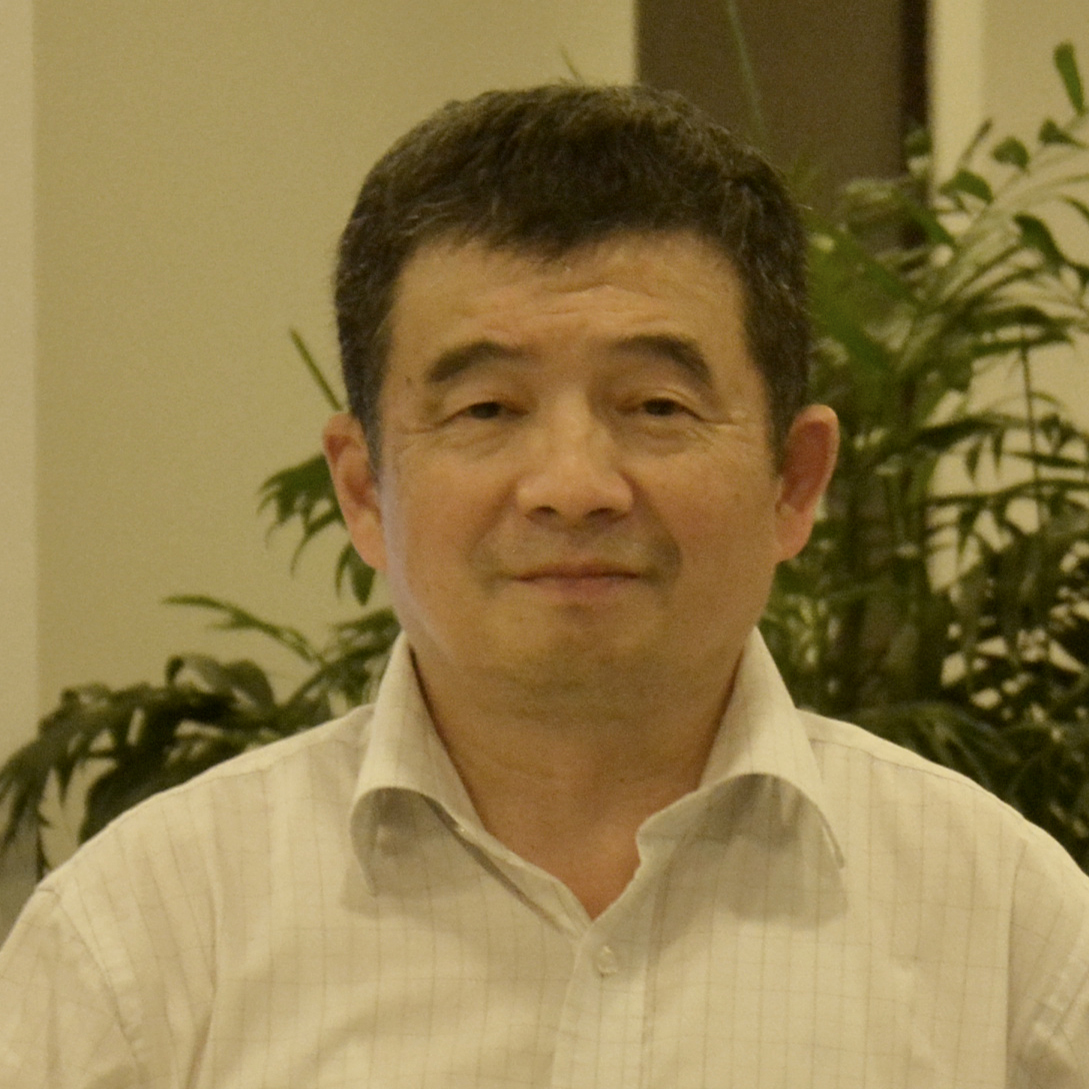
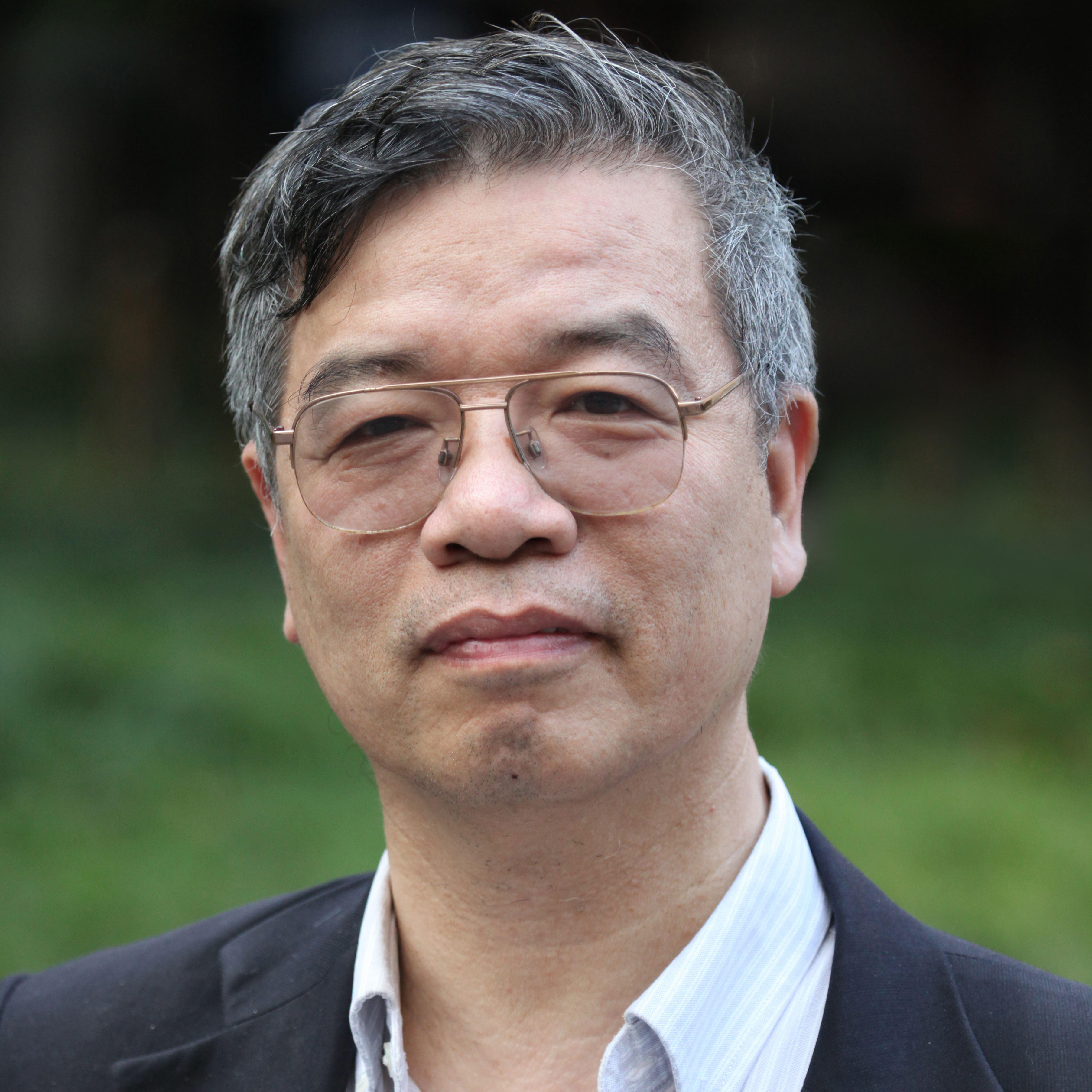

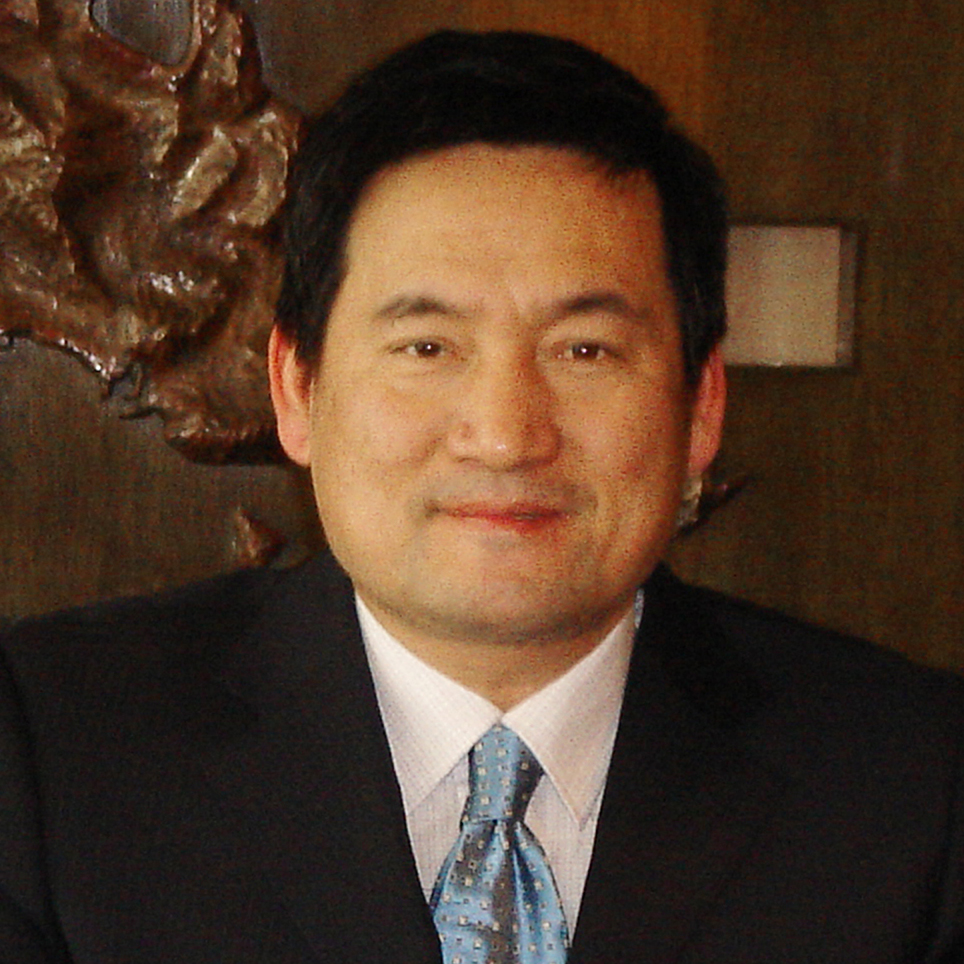




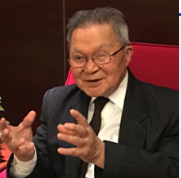

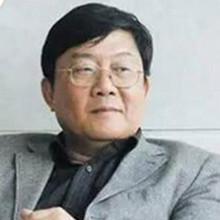

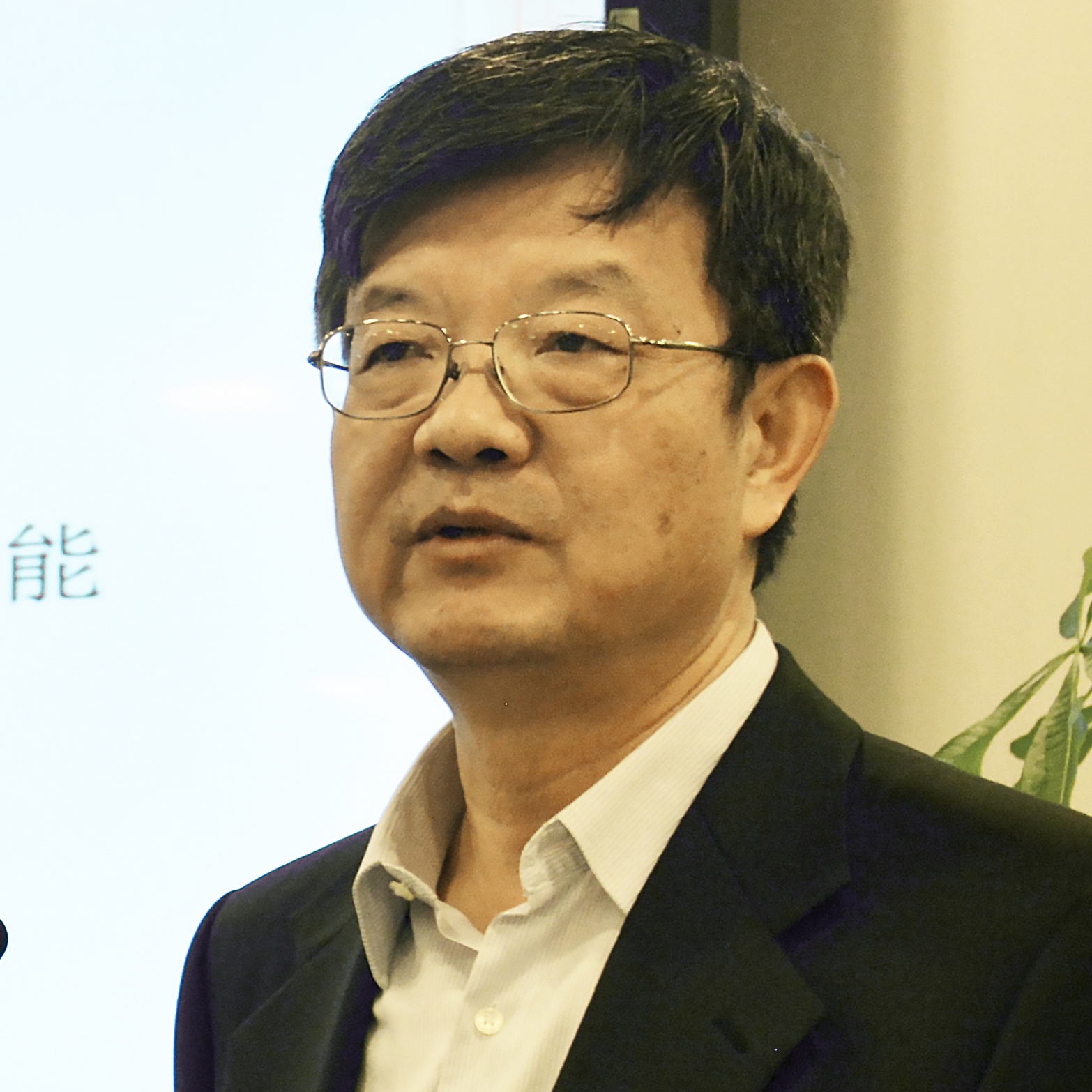

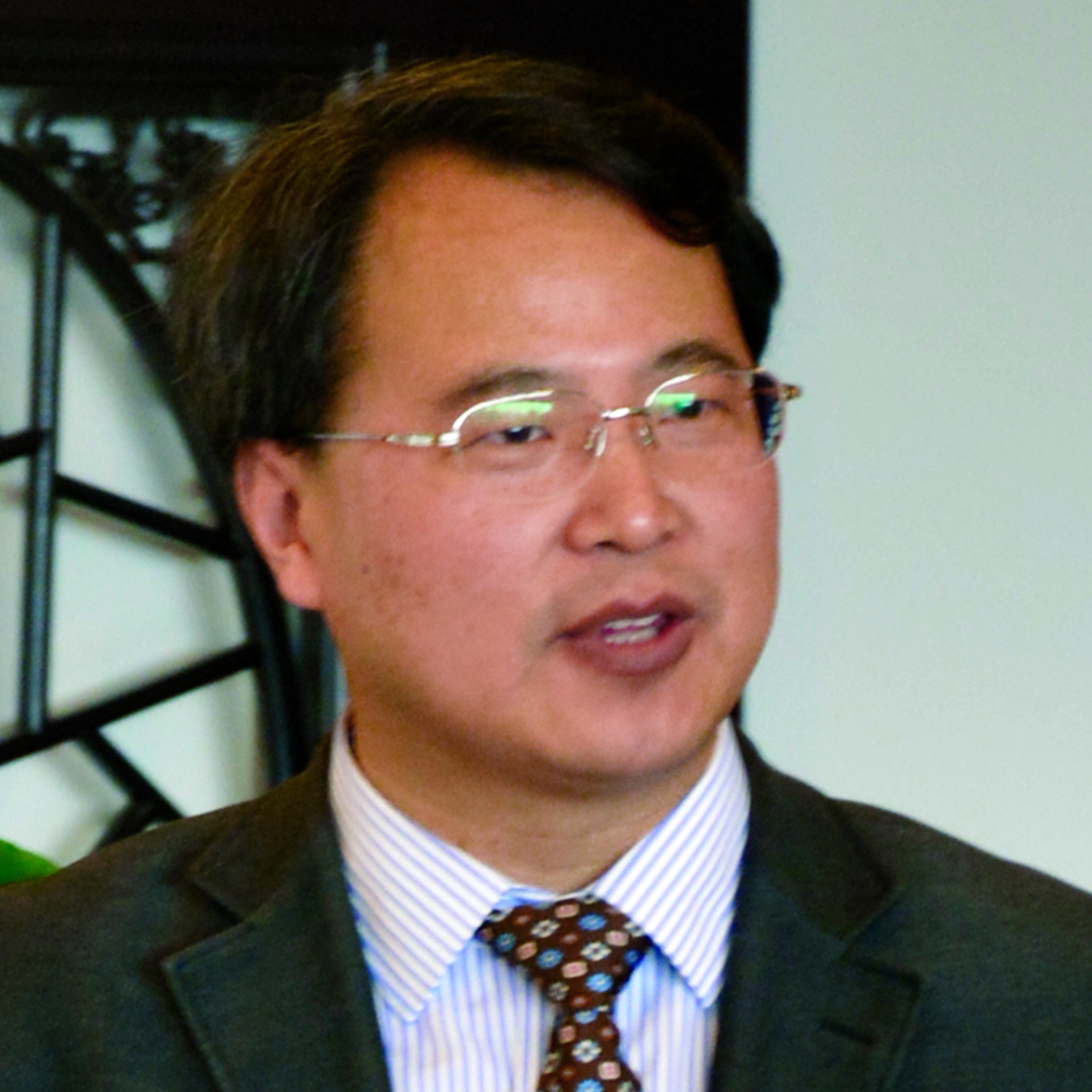
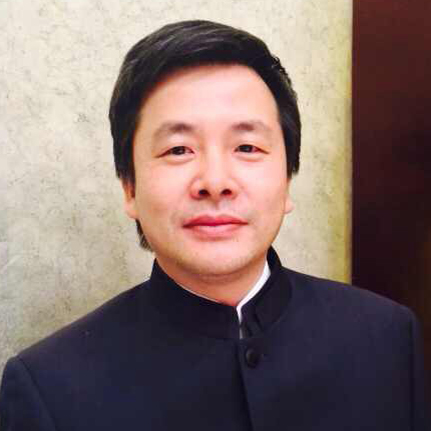
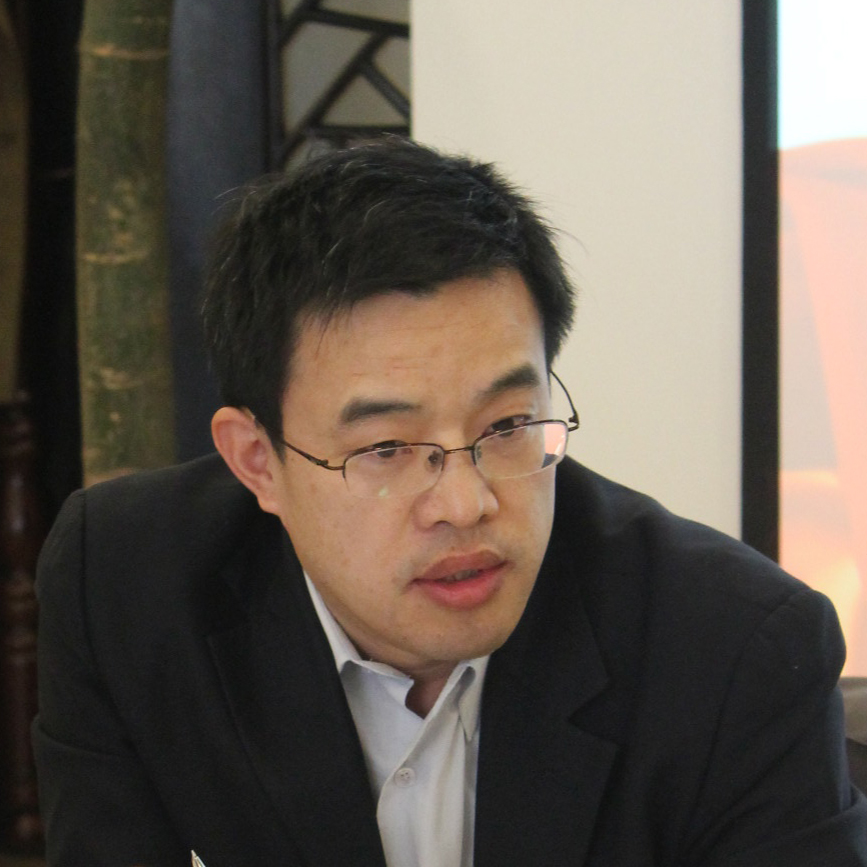
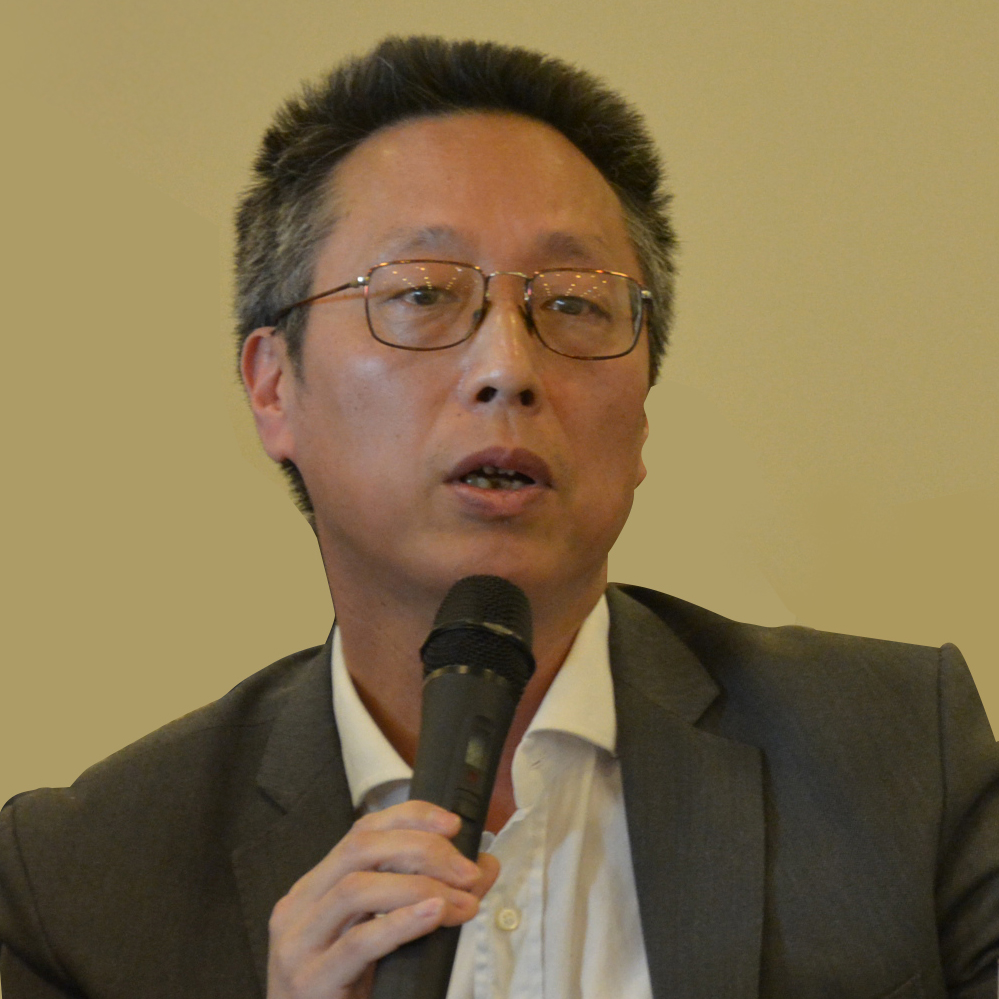
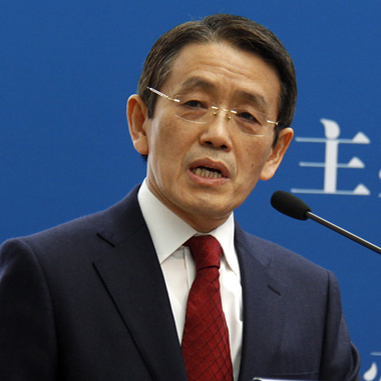

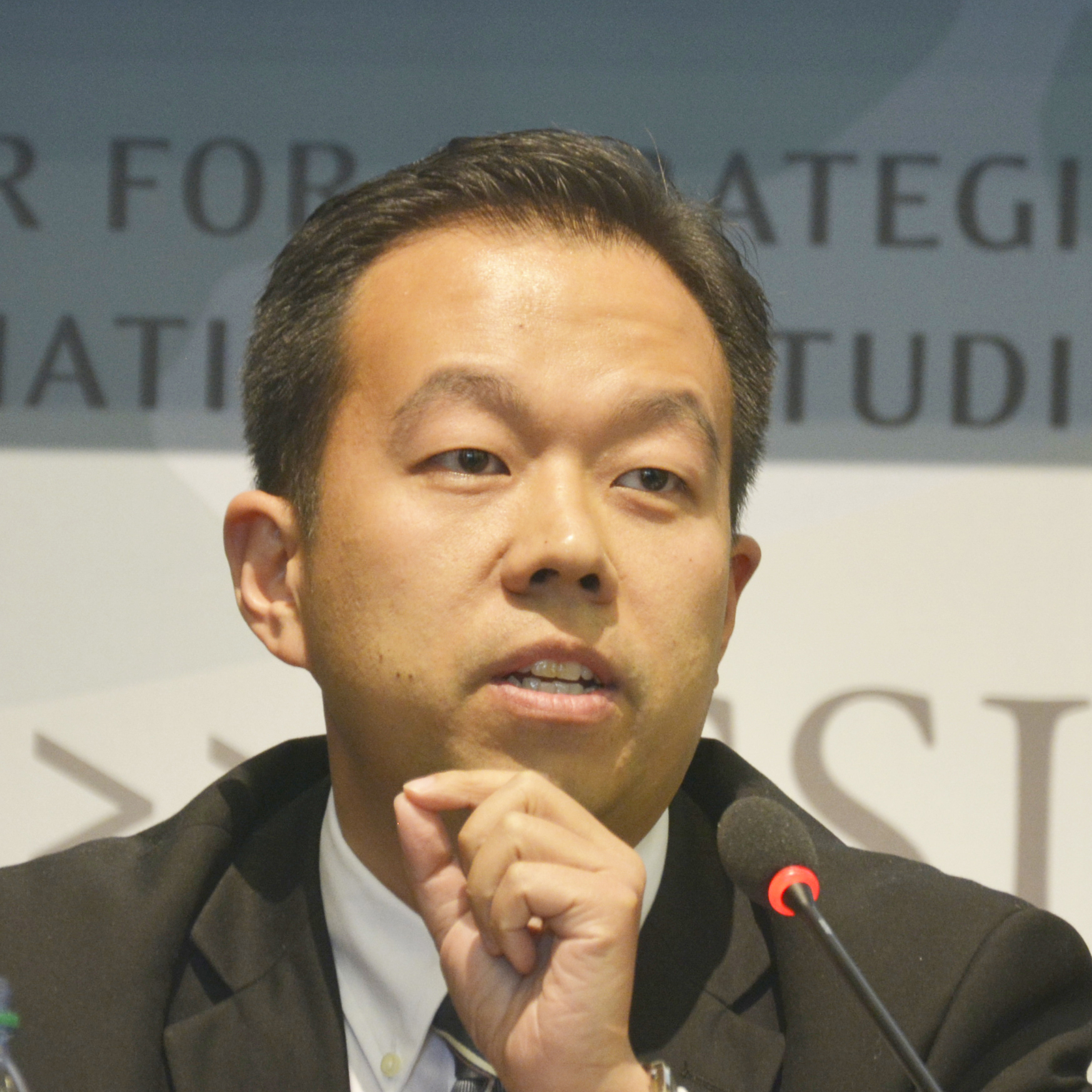
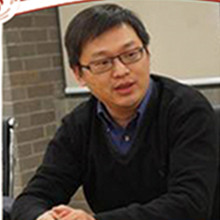
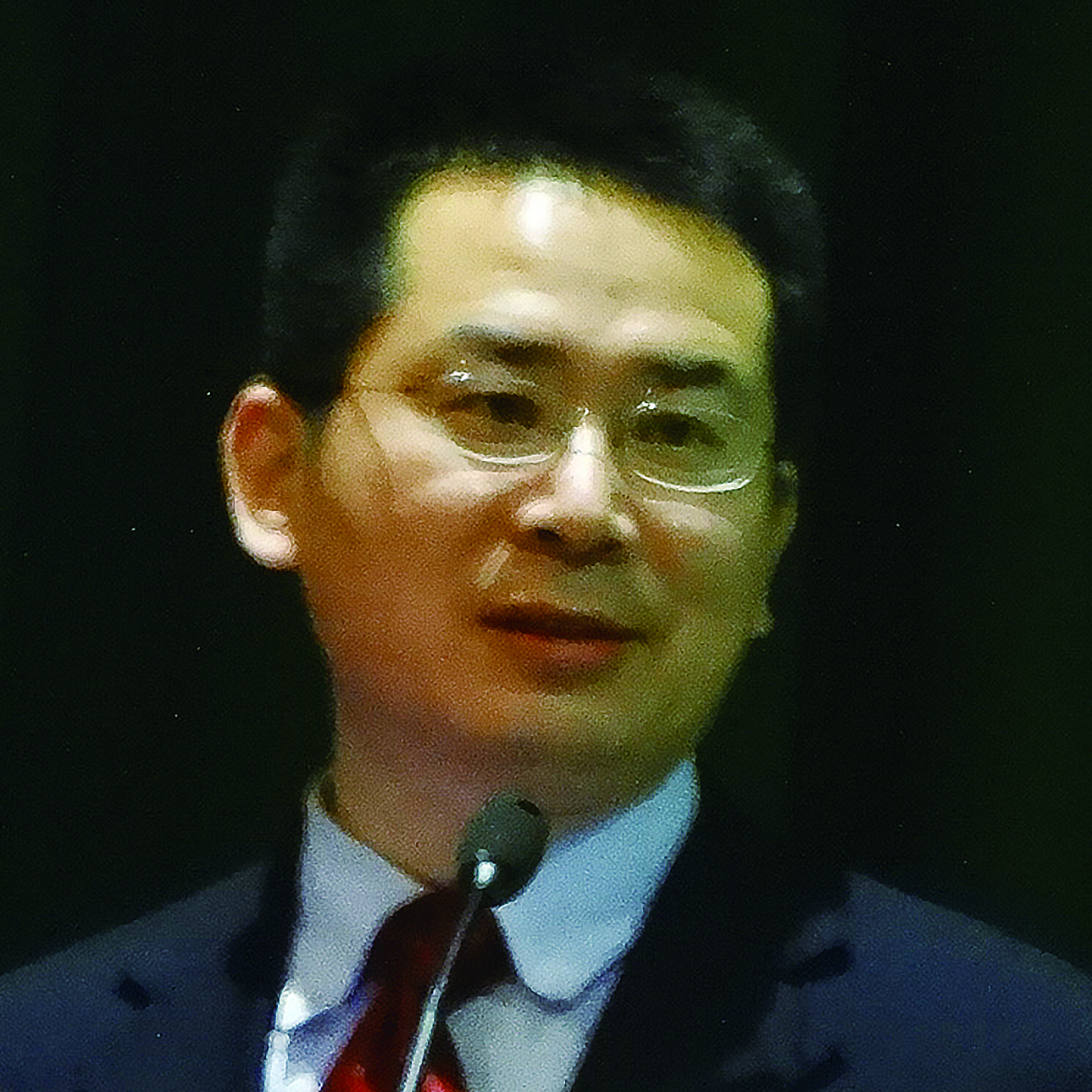



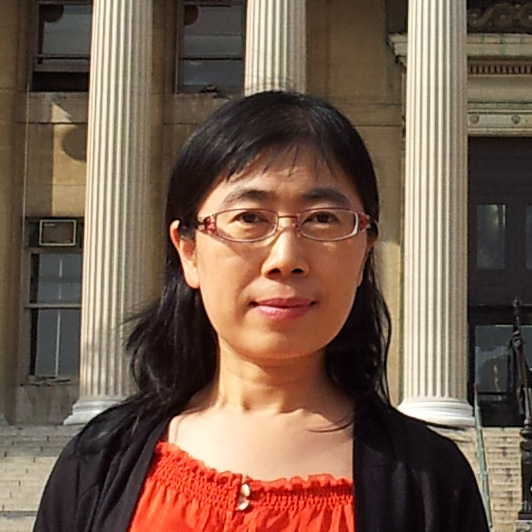
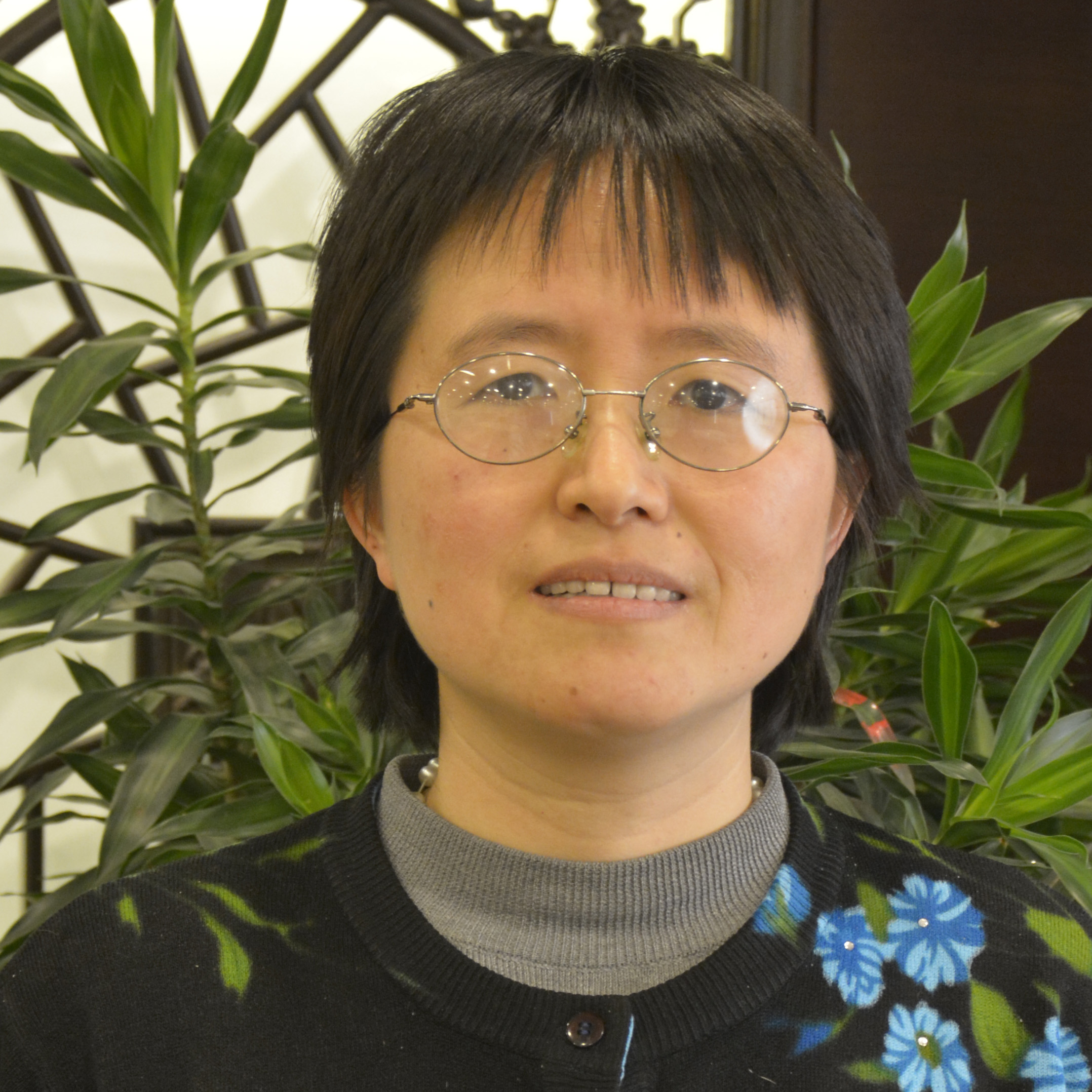



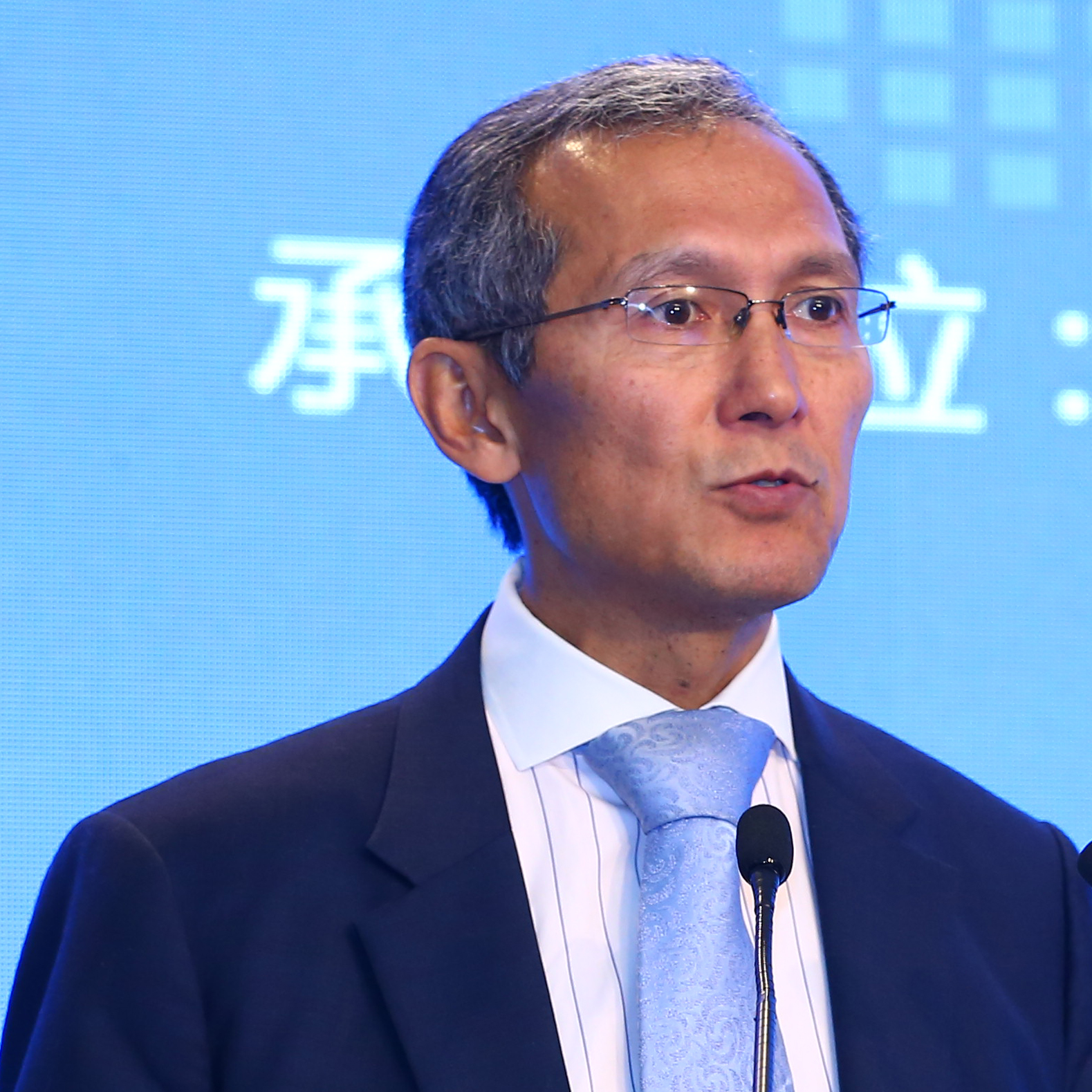



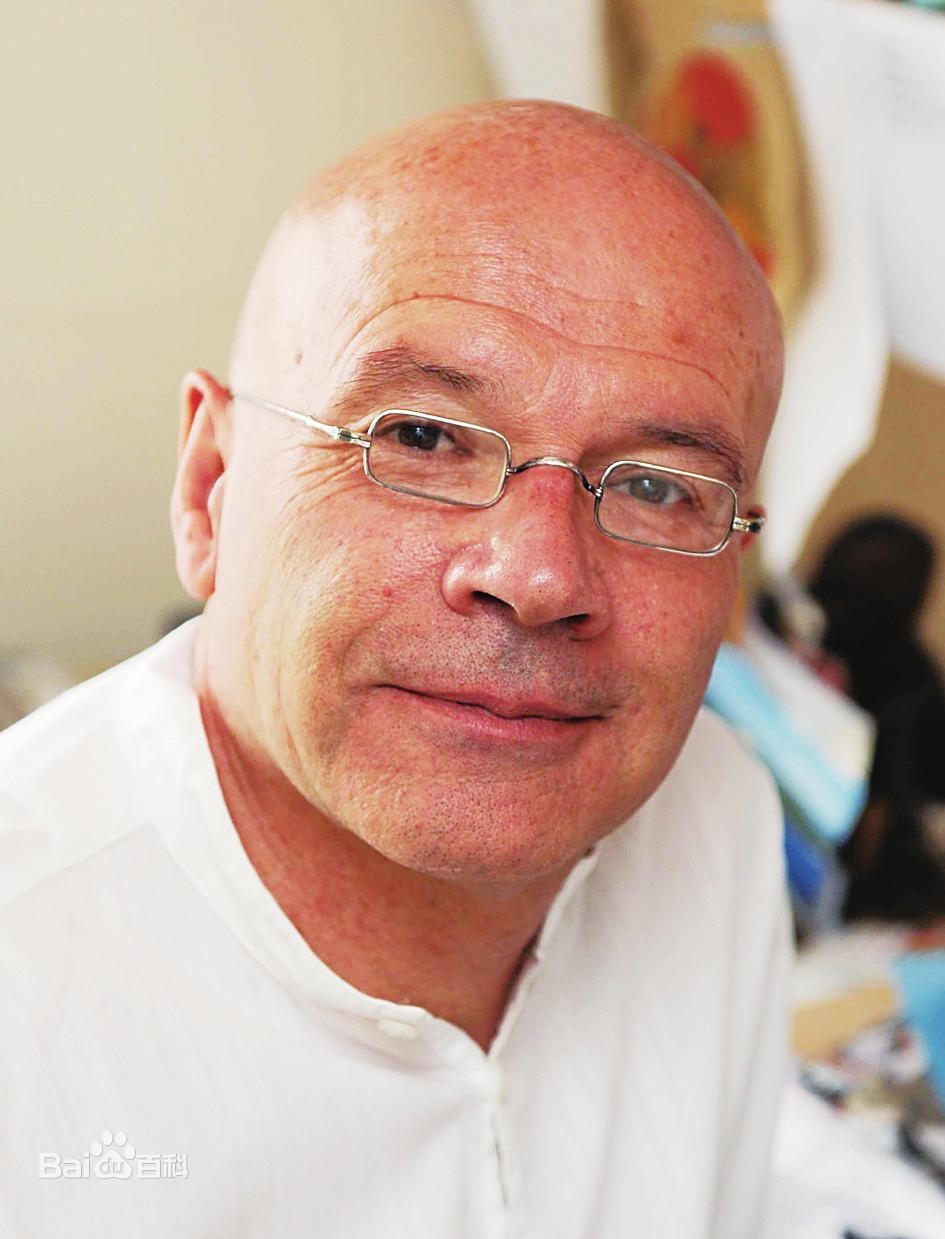












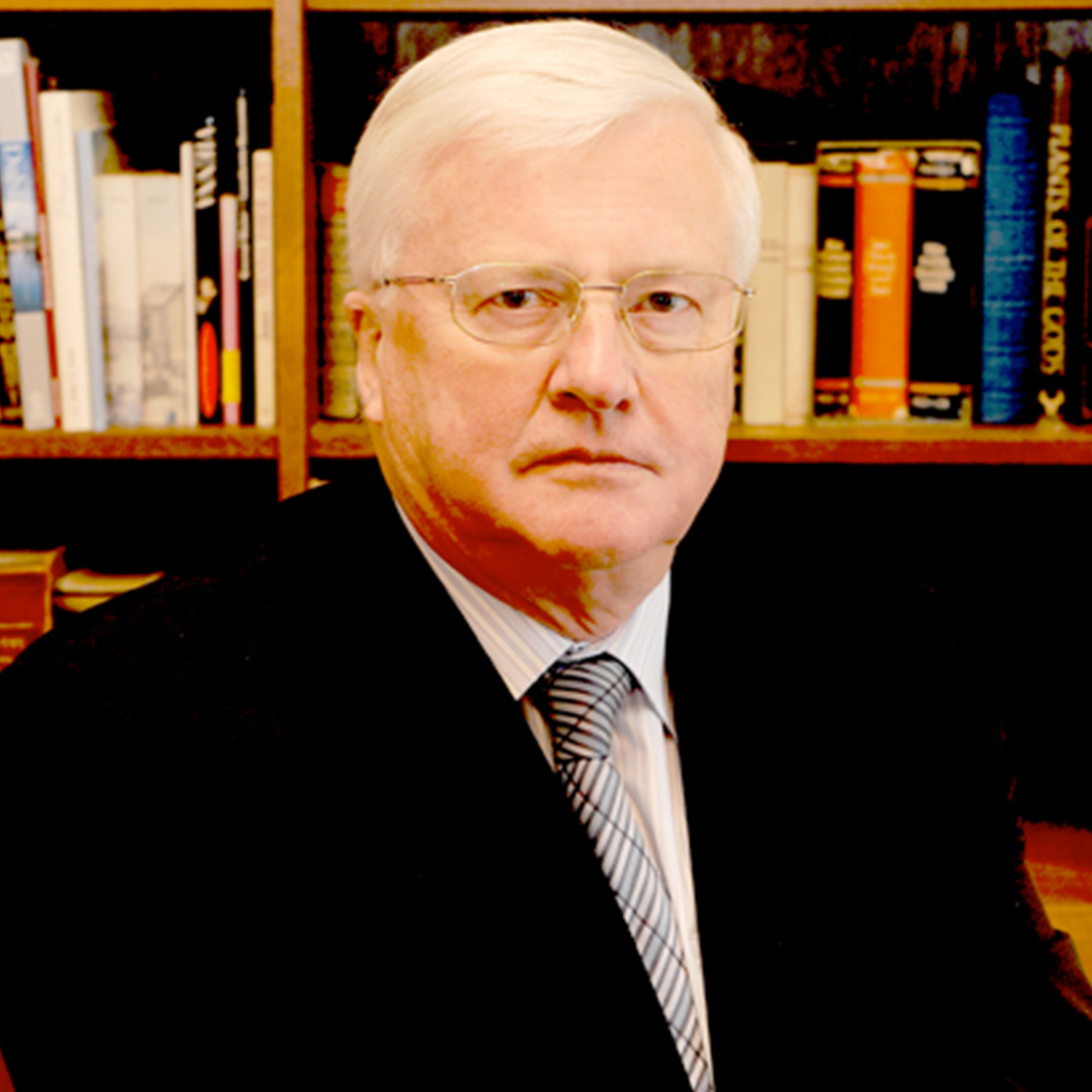



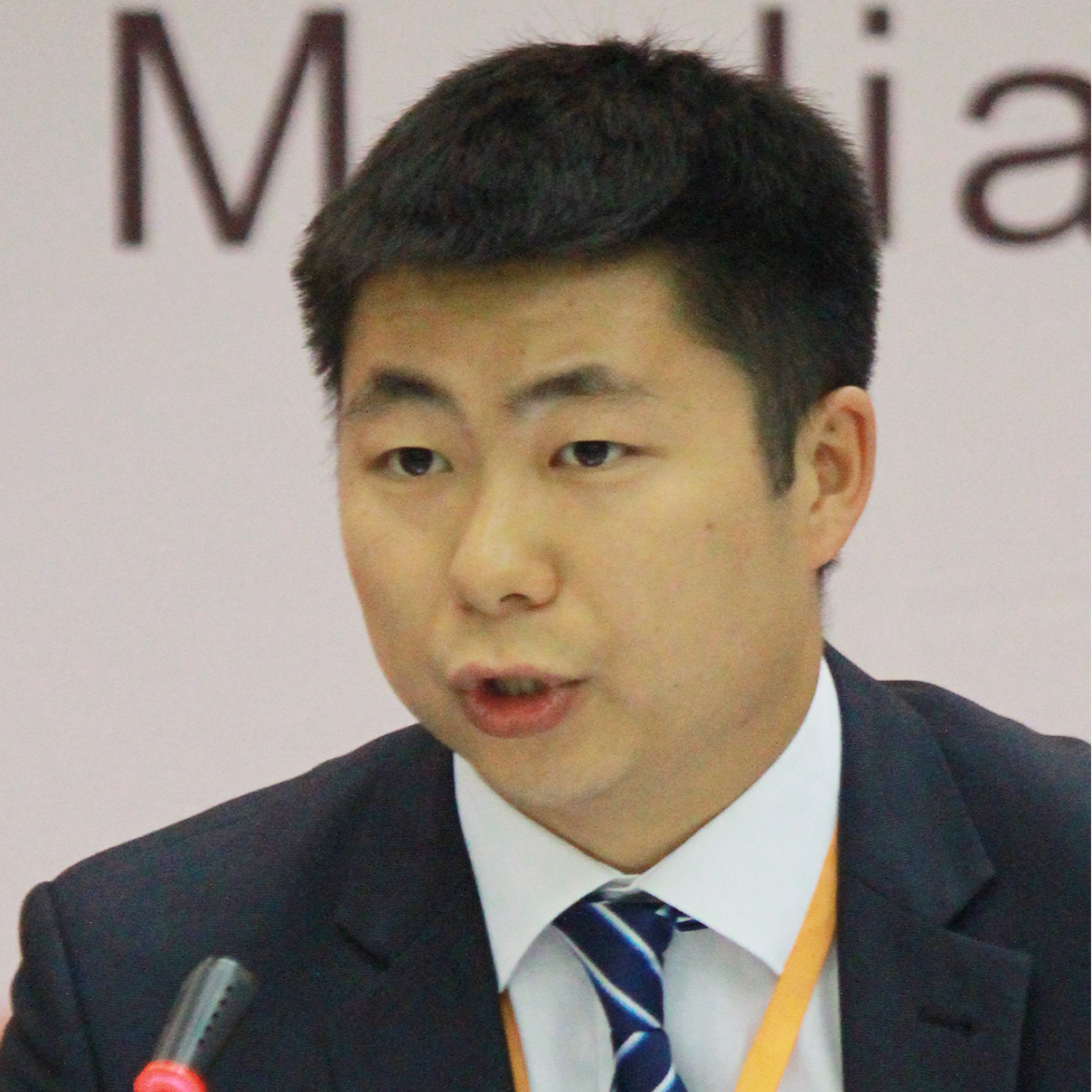
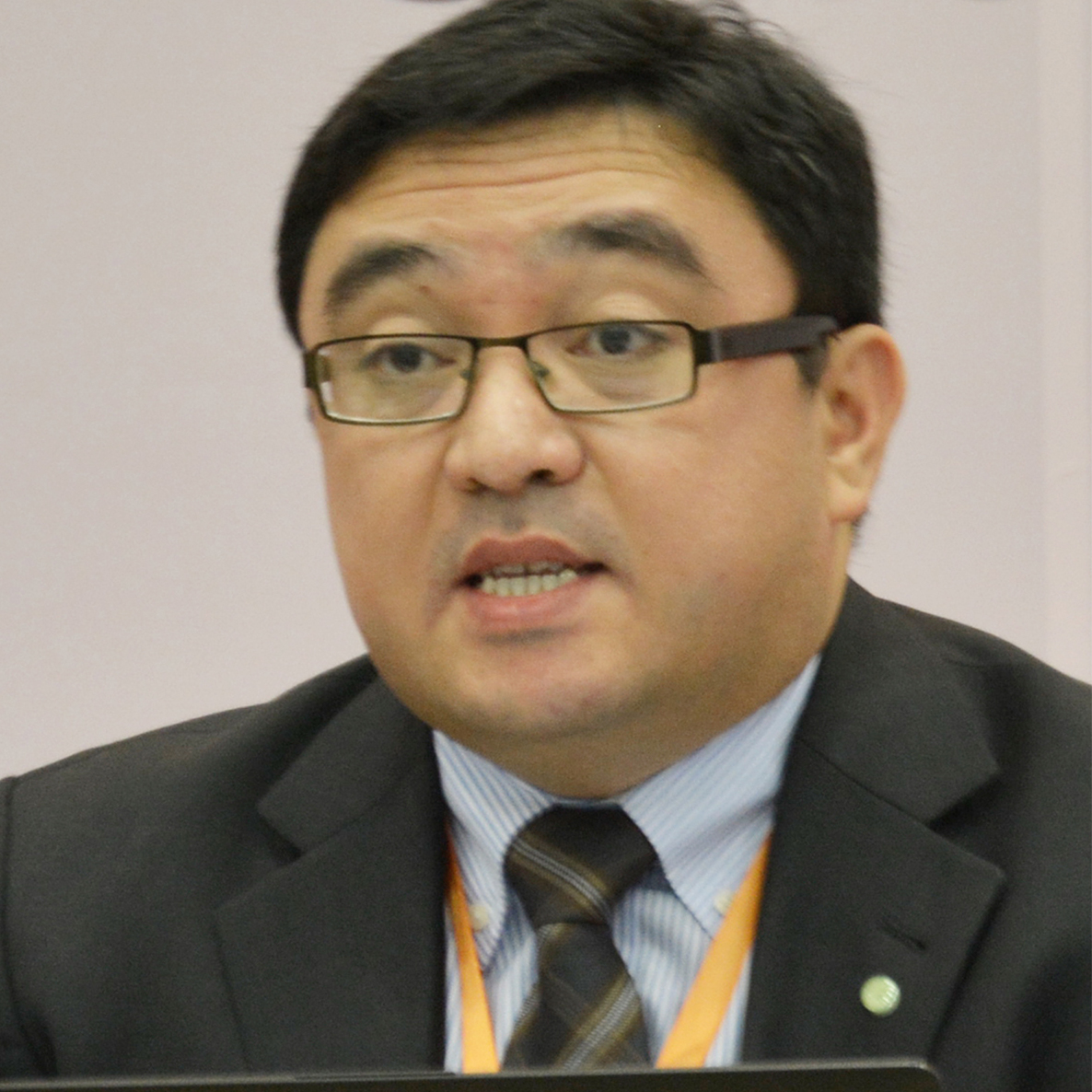
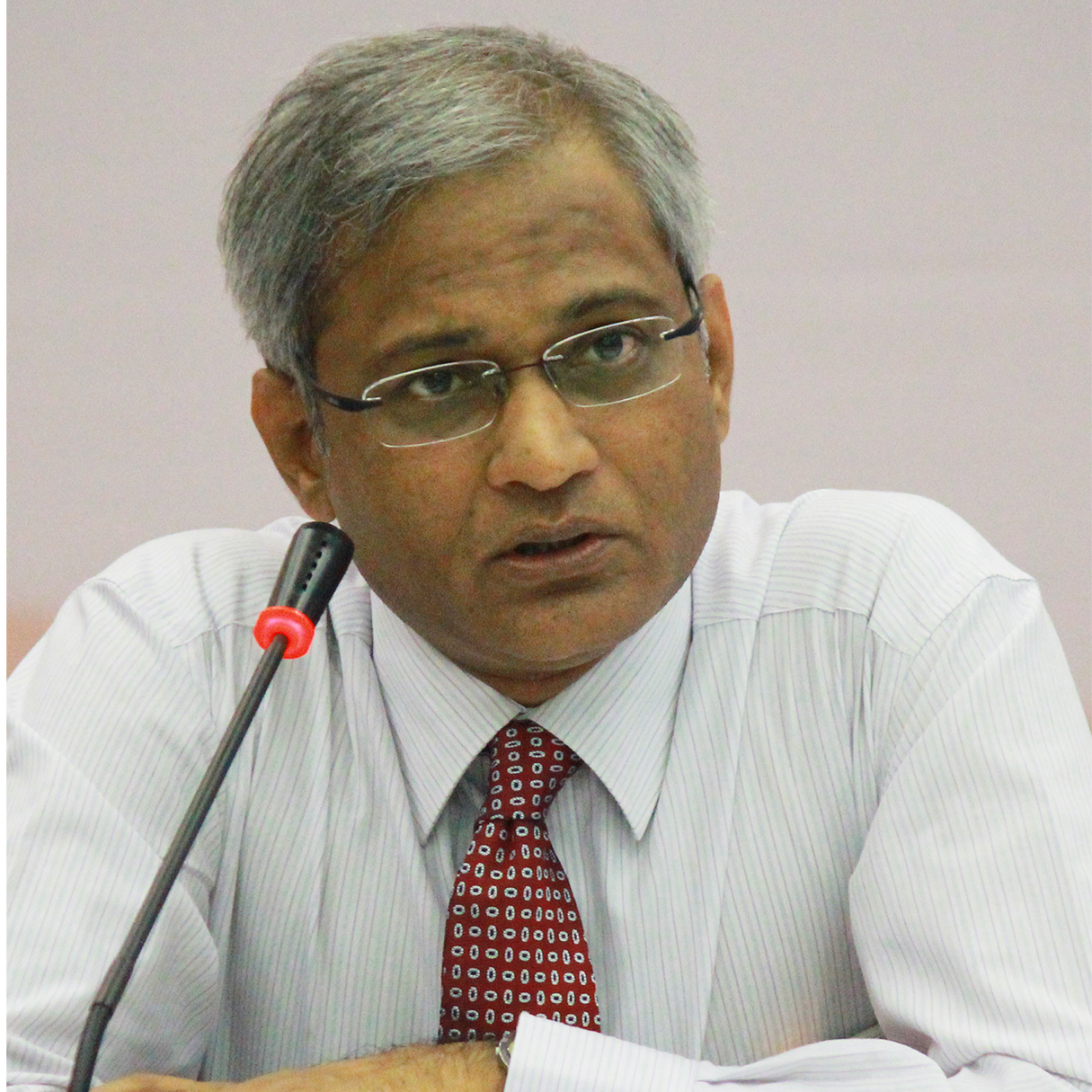
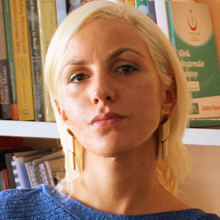
















 京公网安备 11010802037854号
京公网安备 11010802037854号





